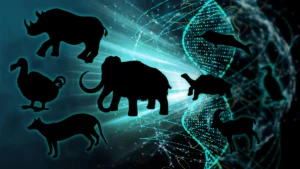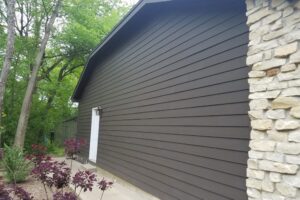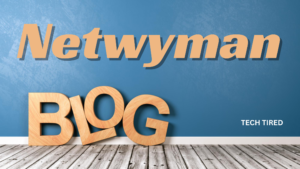Understanding Hancock Birds and the Hancock Wildlife Foundation
- 1 What is Hancock Birds?
- 2 What Is The Aim Of Hancock Wildlife Foundation?
- 2.1 Getting more educated and teaching can help
- 2.2 Getting to know and care for nature
- 2.3 Participation of the people and interest in the community
- 2.4 Making people happy and passionate
- 2.5 Technology plays an integral part in conservation
- 3 Expressions of Art and Their Cultural Importance
- 4 Difficulties and Future Pathways
- 5 Conclusion
The Hancock bird adds to its enchantment as it is a difficult and attractive species with limited availability. I shall go over the habitat, physical characteristics, behavior, and special qualities of the Hancock bird in this blog. The term “Hancock birds” sums up a vast, interwoven ecology in which human knowledge will coexist with the grandeur of birds, especially the bald eagle. Through the prism of the HWF’s activities, we explore the fascinating world of the Hancock bird and investigate the organization’s varied approach to wildlife protection, as well as how it generates public interest and awareness. Read on the blog to know more.
What is Hancock Birds?
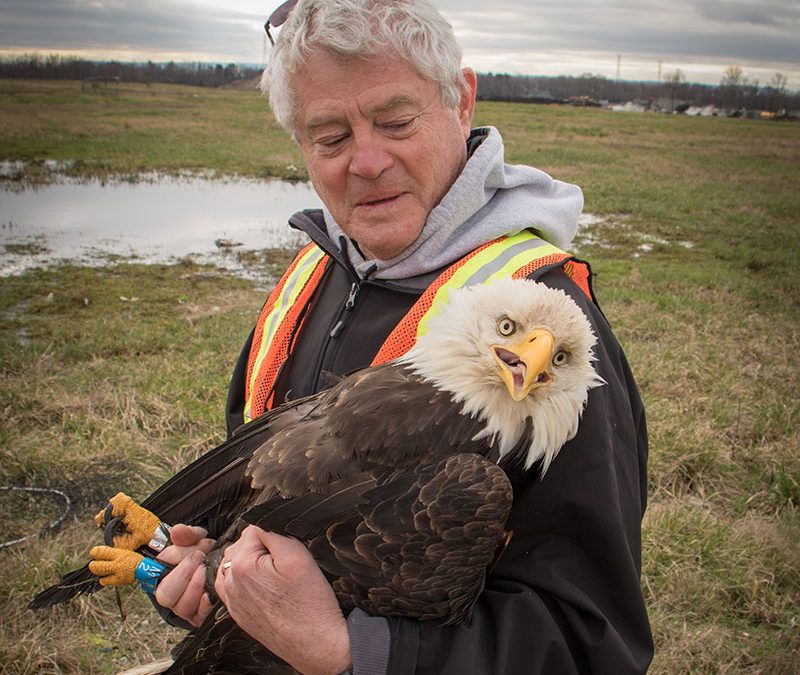
When we say “Hancock birds,” it implies more than just one species or group of birds. Instead, we are embracing a concept whereby one rich ecosystem is interconnected with others. There are many different types of birds living in this habitat, and every one of them is vital for maintaining the equilibrium of the ecosystem. Among these birds, the Hancock Birds is unique in its sign of authority and independence. The Hancock Wildlife Foundation is mainly focused on reserving these birds. Using wide-ranging conservation techniques, they aim to save them and their habitats.
What Is The Aim Of Hancock Wildlife Foundation?
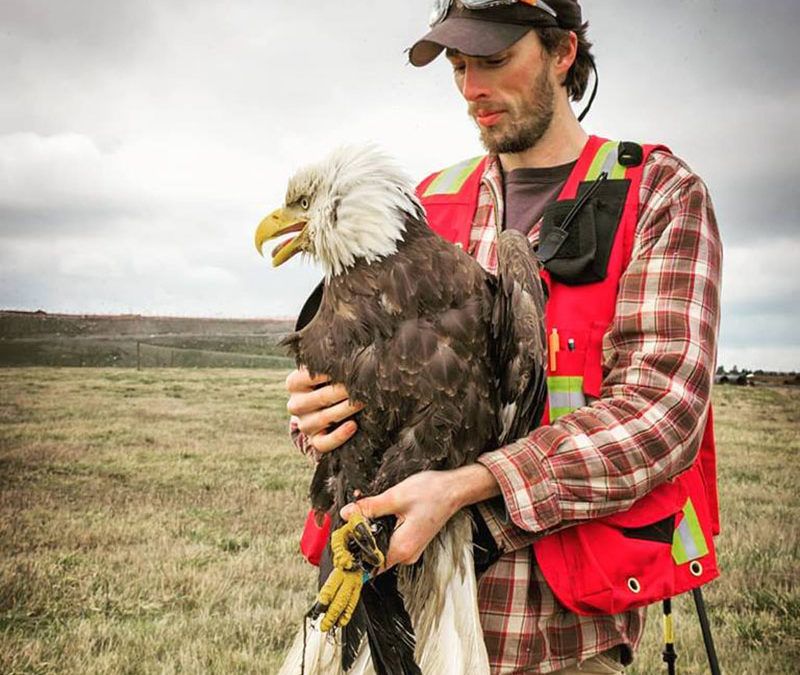
This group, the Hancock Wildlife Foundation (HWF), works to safeguard birds and the places where they live. To get there, they need to study, teach, and help people in the neighborhood. The unique way that HWF does conservation work makes sure that it works and lasts a long time.
-
Getting more educated and teaching can help
Teaching people about wildlife is one of the main goals of the Hancock Wildlife Foundation. They want to show everyone why it’s important. An important part of our environment is birds like the Hancock. To help people understand this better, HWF holds training classes, seminars, and workshops. There are also new tools that help them reach more people and give information to everyone, no matter where they live.
-
Getting to know and care for nature
HWF’s study time is also an important part of his job. It does in-depth studies on how birds act, where they move, and what they need from their environment. They can protect wildlife better with the help of this study. For HWF to make specific plans to protect Hancock birds, they need to know what they need and what problems they face. Among these are projects that try to fix environments that have been harmed, stop poaching, and make climate change less bad.
-
Participation of the people and interest in the community
The whole neighbourhood needs to be active in protection for it to work. The HWF works with the people in the area to get them to help protect the forest. They plan volunteer campaigns, monitoring programs that work with the community, and science projects that regular people can do. By getting people to help protect animals, HWF teaches them about duty and ownership.
-
Making people happy and passionate
The things that HWF does aren’t just about keeping weak people safe. They want people to love and care for animals. This is how HWF wants people to feel about Hancock birds: they want people to respect and be amazed by them. To help people really enjoy these species, they plan field trips, picture contests and bird-watching events.
-
Technology plays an integral part in conservation
Technology is a big part of our lives now, so conservation efforts count on it a lot. The HWF uses modern technology to keep an eye on bird counts, track migration paths, and gather information. They also use social media and other digital tools to share their results and connect with people all over the world. Bird nest live streams are becoming more and more popular as a way for people to connect with nature. These projects help more people learn about the foundation’s work and support it.
Expressions of Art and Their Cultural Importance
Great cultural and symbolic significance abound for the bald eagle and the Hancock birds. Often reflecting independence, strength, and resiliency, they abound in folklore, literature, and art. The HPF supports artistic expressions underlining the beauty of these birds, therefore honouring this cultural history. Working with authors, directors, and artists, they create works that inspire and educate the public on the need for wildlife protection.
Difficulties and Future Pathways
Despite their best efforts, the HWF struggles significantly in trying to rescue Hancock birds. Habitat loss, climate change, and human activity are major threats to several species. Still, the basis is on overcoming these challenges through innovative ideas and cooperative projects. Emphasising habitat restoration, research, and community involvement, the HWF keeps growing its conservation activities. They are also looking into uncharted territory, including how pollution affects bird populations and how urbanization alters wildlife habitats.
Leading the leadership in conservation science, the HWF seeks to produce intelligent strategies to protect Hancock birds for the next generations. Everyone is invited by the Hancock Wildlife Foundation to assist in animal preservation. Every action counts—volunteering, donating, or only increasing awareness. Cooperation will enable us to make sure the amazing Hancock birds—especially the bald eagle—keep flying across our sky.
Conclusion
Not merely a group of birds, the phrase “H Hancock birds” shows a commitment to preserve the delicate equilibrium of our ecosystems. By means of the dedicated efforts of the Hancock Wildlife Foundation, we gain an improved understanding of these incredible animals and the necessity of habitat preservation. Combining research, education, and community involvement, the HWF’s approach offers a model for global initiatives at animal preservation. Through inspiring public knowledge and enthusiasm, the HWF guarantees that the next generations will appreciate the beauty and grandeur of Hancock birds.
FAQs
What does Hancock Bird do?
Bald eagles are the focus of the Hancock Wildlife Foundation (HWF). By means of scientific research, education, and responsible care, this group seeks to safeguard bald eagles and their habitats. Beautiful birds are studied by HWF in order to preserve ecosystems and increase biodiversity.
What do live eagle cams do to help protect wildlife?
Eagle cams let people see what eagles are doing in real-time, which helps protect wildlife. There are many good things about these live shows.
- First, they increase awareness by presenting the daily activities of eagles on TV, therefore involving people all around and facilitating knowledge of these birds.
- Second, they provide teachers and students with dynamic means of learning, therefore enhancing the enjoyment of studying eagle behaviour.
- They free researchers from disturbing the birds so they may observe eagle activities, mating patterns, and interactions with their environment.
- Live eagle cameras, last but not least, inspire individuals to participate in science and their local environments.
What does HWF do to help raptors get better?
The existence of raptors depends much on the Hancock Wildlife Foundation. Their output consists of a lot of significant projects. They straightly transport injured or disturbed raptors to rehabilitation facilities. Raptors undergo physical therapy, take medication, and get specialist surgery in order to improve. Recovering these birds for release calls for training them to fly, hunt, and befriend other birds. Rehabilitated raptors are returned to their natural habitats when at all feasible. Usually equipped with tracking devices, they allow researchers to monitor their health and behaviour.
Why is HWF focusing on how wildlife can adapt to living in cities?
The Hancock Wildlife Foundation works on assisting animals in adjusting to life in cities as they expand and seize over natural environments. By researching how animals—especially birds of prey—adjust to living in cities, HWF generates smart strategies for safeguarding wildlife. Urbanisation fragments habitats, which forces species to adapt to limited areas. HWF studies these changes to ensure that urban development with regard to wildlife occurs. Knowing animal behaviour in cities teaches people how to coexist happily with them and helps to make cities greener. These findings influence campaigns and policy concepts, therefore taking local and regional conservation initiatives, including urban animals, into consideration.
How does HWF get people involved in helping to protect wildlife?
The Hancock Wildlife Foundation encourages individuals to get involved in preservation. Using several strategies, HWF assembles a group concerned about the surroundings. Live streaming helps individuals to realize they belong on the globe and that they have to preserve biodiversity. Workshops and practical exercises teach individuals of all ages about animal protection. By compiling data and disseminating it to the public, volunteers support efforts at protection. Conservationists gather for fundraising activities, seminars, and birdwatching excursions. These occasions inspire them and equip them with knowledge of the cause. By means of their website, social media, and instructional resources, HWF invites individuals all around to participate in conservation.


